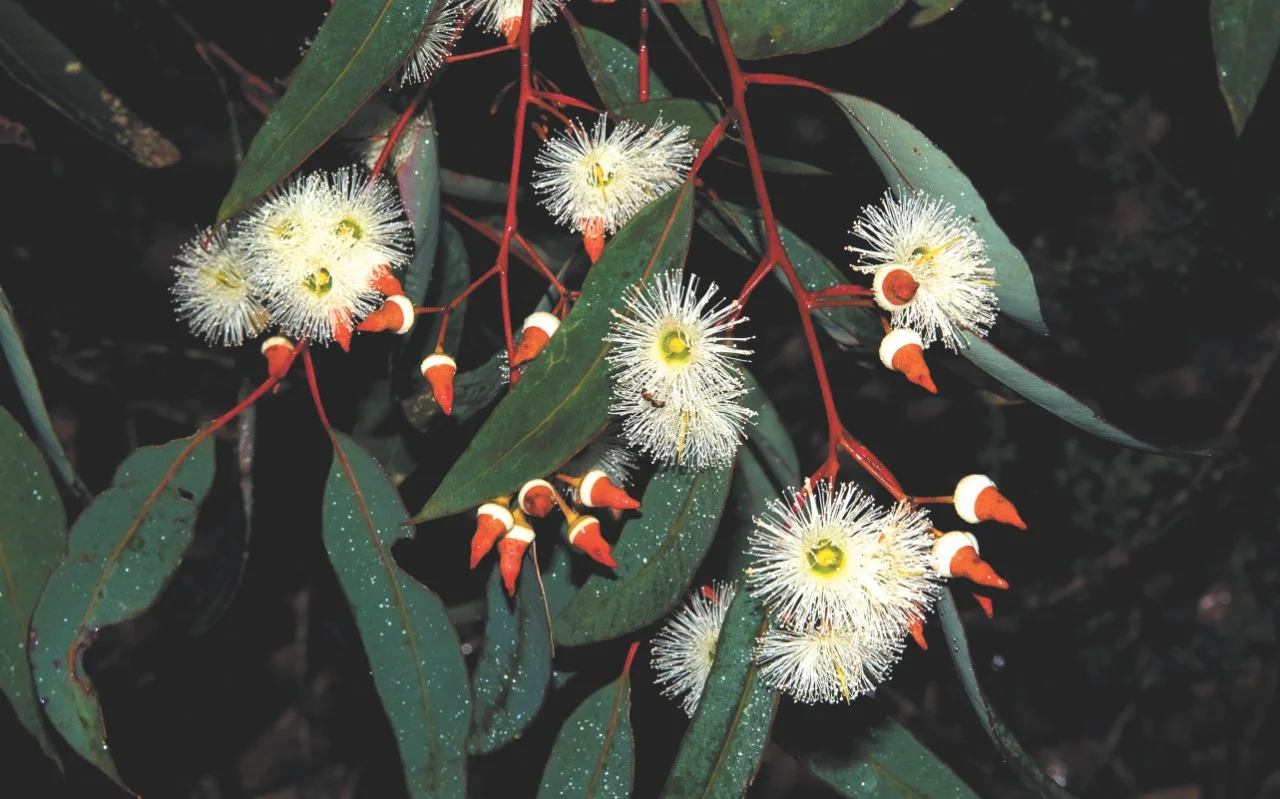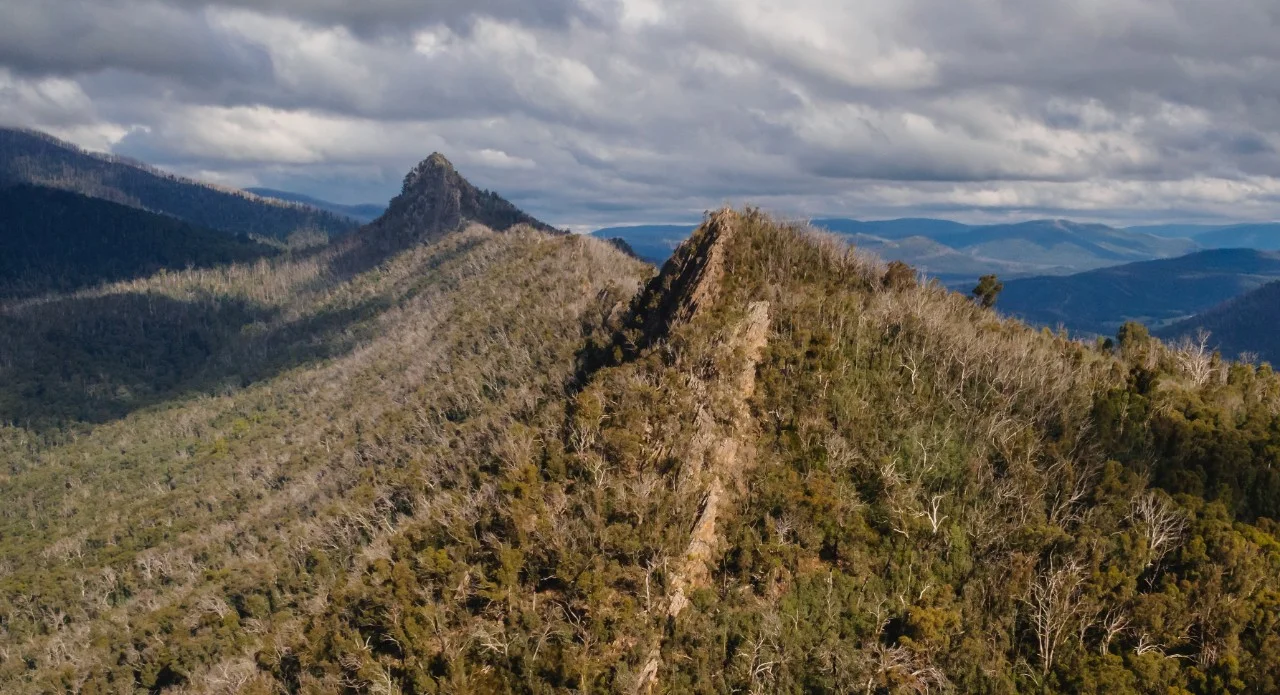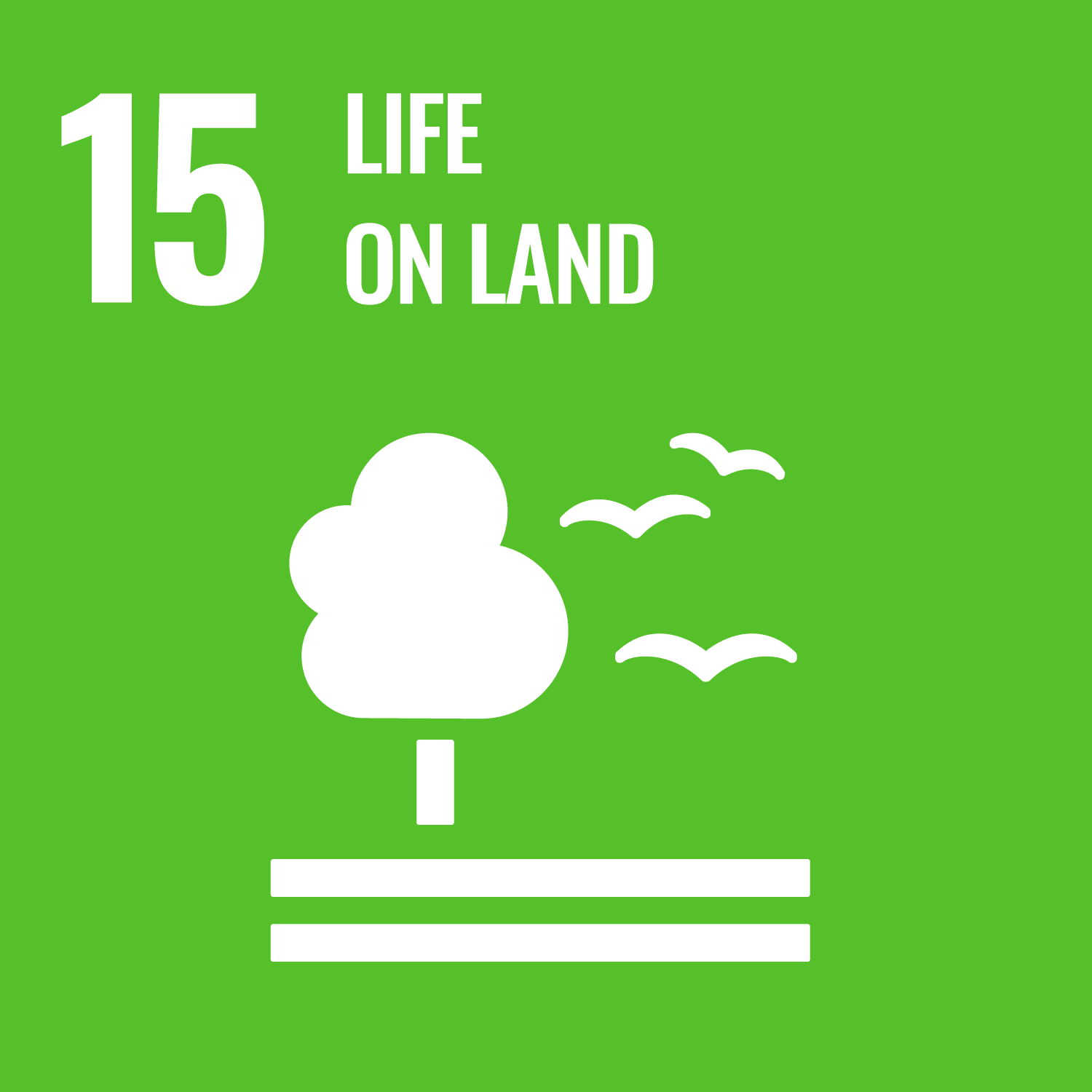Answering Burning Questions
You can search for courses, events, people, and anything else.
If Australia’s forests are to survive climate change, we need to find a smarter way to manage them, says Dr Paul Rymer, a senior lecturer at Western’s Hawkesbury Institute for the Environment.
A common assumption in climate change modelling is that forests are populations of genetically identical trees. But Rymer’s work is demonstrating for the first time that a forest in fact is made up of individuals, some of which cope with heat and dry better than others.
Rymer is searching for genetic features that contribute to trees’ adaptation to climate change, so that they can be taken into account for forest management.
“Plants have very large genomes with lots of spaces around the genes. Originally we thought the spaces didn’t tell us anything about the gene, but those components are actually important for the regulation of the gene and how they are coordinated,” says Rymer. His work tracks down the sections of the plant genome that allow it to switch on or off the genes associated with survival in adverse climate conditions.
Need to know
- Interventions are needed if Australian forests are to survive the effects of climate change.
- Sections of a plant’s genome determine how it responds to drought conditions.
- Choosing plants with an appropriate genetic make-up is essential for future forest planning.
Rainfall in south Western Australia has decreased by 20% over the last 30 years and is expected to become more scarce as the climate changes. Unlike animals, however, forests cannot uproot and migrate to more temperate regions. The towering jarrah forests of Western Australia, for example, have already experienced significant die-off.
Rymer and collaborators recently sequenced the DNA of 270 Western Australian marri trees (Corymbia calophylla) growing in different temperatures and rainfall microclimates. The team found 537 changes in the DNA linked with different climates. Such large genetic variation shows that the species may be well equipped to weather a changing climate.
Dr Margaret Byrne, who worked with Rymer on the marri tree DNA sequencing project is the director of the Science and Conservation Division at the Western Australian Department of Parks and Wildlife. She believes their collaborative work will help the department understand how to effectively manage vulnerable forests.
Rymer says they plan to put the results to use by planting seeds known to have a good genetic make-up, or selecting species, such as the marri, that will cope with variable climate conditions. “We need to make sure we’re choosing the right genetic material for the future,” he explains.
Related Articles
Credit
This research was supported by the Australian Government through the Australian Research Council.
© Billy Pasco
Future-Makers is published for Western Sydney University by Nature Research Custom Media, part of Springer Nature.








